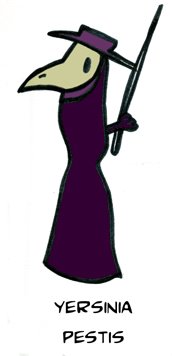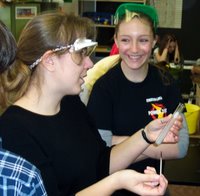Happy Feet are not as lighthearted as you might think
 I saw Happy Feet this weekend. I was expecting to be entertained by some cute animated flightless birds, but the movie is much more than that. If you've seen the trailer, the movie appears quite innocuous, however, I found the movie to be rather dark at times.
I saw Happy Feet this weekend. I was expecting to be entertained by some cute animated flightless birds, but the movie is much more than that. If you've seen the trailer, the movie appears quite innocuous, however, I found the movie to be rather dark at times.There are strong messages about tolerance, diversity, foreigners, ecological destruction, capativity, and even religion. All wrapped up with singing penguins.
However, it's an entirely separate issue to have a film essentially mock religion as an opiate for the masses and take the environmental issue to the point of actually showing debates in the U.N. It would have been very simple to have Mumble inspire the world in harmony to protect the environment. - firstshowing.net
What happened to carefree family animated movies? When did they get so satirical? I was even a little surprised by the previews (Happily N'Ever After, whose buxom animated star proclaims, "Happy endings are SO yesterday," and Fred Claus). Entertainment has changed since I was a kid.
I liked the movie. In fact, I would show it in my 7th grade life science classes. The subtext could inspire some interesting social-emotional and ecological discussions.
What people are saying about Happy Feet:
The movie has strengths & weaknesses
The last half hour is inappropriate for a kids' movie
The movie mocks christians
The plot has too much "message"
The movie is charming and entertaining
I wouldn't take a child under 7 or 8 to see "Happy Feet."
The Baltimore Sun's Chris Kaltenbach calls Happy Feet a
"...tedious affair that spends half its time on some heavy-handed moralizing, the other half in the mistaken belief that people can never get enough of singing penguins.... this is a perfect film for penguin lovers who also are devoted members of the Green party."
Labels: misc.





